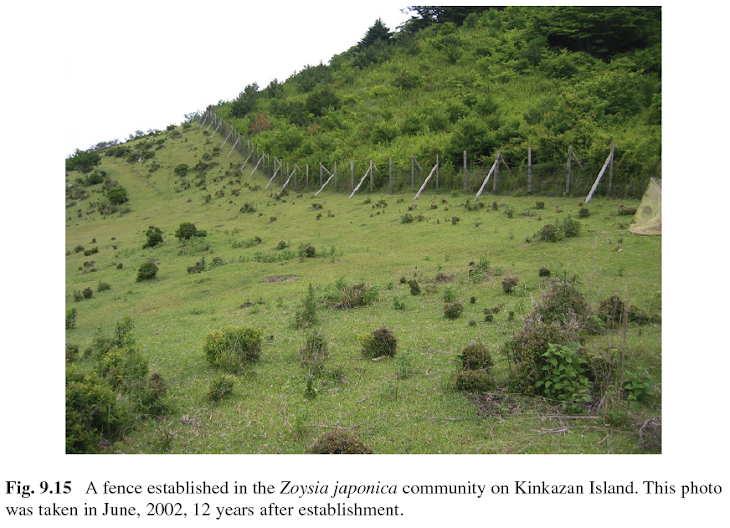Central Wisconsin deer hunters frustrated by the state's management of the whitetail deer population in recent years say they are eager to see how a Texas expert nicknamed "Dr. Deer" plans to improve the state's deer herd.
The Department of Administration hired James Kroll this week as the state's new "deer czar." Kroll was given a $125,000 contract to conduct an independent, objective and scientifically based review of Wisconsin's deer management practices.
Just as we have seen with the deer population audit, the Deer 2000 exercise, and other efforts, we have another round of Lucy, Charlie Brown, and the football. Like Lucy promising to not pull the football away this time, a vocal group of deer hunters are going to accept the findings of James Kroll. Then the recommendations come out. Then the whole exercise is forgotten two years later, and the same vocal hunters raise the same issues being raised now.
The Wisconsin deer management "problem" is in a class of problems called "wicked problems." These kinds of problems are poorly (or too narrowly) defined, have no solution, and attempts to solve the problem create new problems. I am going to stop here, otherwise this post would get very, very long...
Source: Wausau Daily Herald




